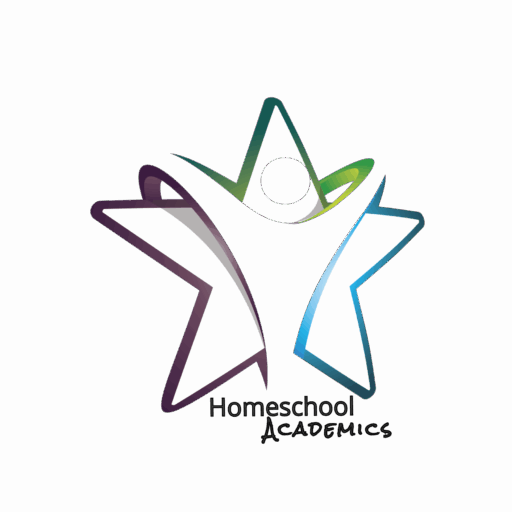If lesson planning were a dance, the WIPPEA Model would be the dependable partner who remembers all the steps. And the Socratic method? That’s the spontaneous guest who shows up barefoot and says, “Why are we dancing this way at all?”
Put them together and you’ve got something magical: structured spontaneity. A lesson that flows and thinks, organized and organic. In other words, the kind of teaching moment where students don’t just answer questions—they start asking their own.
But before we swirl into the classroom, let’s break it down.
Wait, What’s WIPPEA?
Let’s decode this delicious acronym. WIPPEA stands for:
- W – Warm-Up
- I – Introduction
- P – Presentation
- P – Practice
- E – Evaluation
- A – Application
It’s a trusty structure for designing lessons that build logically and cover all the bases. Now, let’s sneak Socrates into each phase—no toga required.
W is for Warm-Up: Start Curious, Stay Curious
Socratic strategies start early—and they don’t need to be heavy.
Instead of jumping straight into facts, use a thought-provoking question to warm up those sleepy neurons:
- “Why do you think people believe different things about the same event?”
- “What do you already wonder about today’s topic?”
Let students talk. Let them guess. Let them be wrong with confidence. Socratic warm-ups shift students from “What are we doing today?” to “Ooh, this could be interesting.”
I is for Introduction: Hook with a Question, Not a Lecture
Most lessons begin with a hook. The Socratic method says: make that hook a question.
Skip the PowerPoint monologue and try:
- “If you lived in this historical period, what would your biggest challenge be?”
- “What makes something alive?”
- “Could justice ever be unfair?”
These aren’t just hooks. They’re anchors—ideas that stick as students explore the lesson.
P is for Presentation: Socrates Would Approve of a Well-Timed Pause
This is the “teaching” part of the lesson—but Socratic style doesn’t mean throwing the textbook out the window. It just means building in some thoughtful pauses and questions during your content delivery:
- “What do you notice about this diagram?”
- “Do you think this law was fair at the time?”
- “What assumptions are hidden in this argument?”
Instead of dumping information, you invite learners to help carry the load. They become co-investigators.
P is for Practice: Let Them Wrestle (Productively)
Practice is where students apply what they’ve learned. It’s also where they can really talk through what they’re thinking.
Instead of a worksheet with ten quiet questions, try:
- Partner Socratic discussions
- Small-group debates
- “Which one doesn’t belong?” exercises with open-ended reasoning
The goal? Make students use the content while still sharpening their reasoning. Let them struggle just enough—Socrates would be proud.
E is for Evaluation: Assessment with a Twist
Most evaluations ask students to answer questions. Why not have them create some, too?
After a quiz or performance task, follow up with:
- “What question would you ask someone else about this topic?”
- “What would a wrong answer reveal about someone’s understanding?”
- “Which idea did you find most difficult to explain—and why?”
Socratic evaluation isn’t about right or wrong alone—it’s about reflection. That’s where real learning sticks.
A is for Application: Where Philosophy Gets Real
The final stage of WIPPEA is perfect for Socratic thinking. It’s where learners transfer ideas into new settings—and explore the “so what?” behind the lesson.
Ask:
- “How could this idea help solve a problem in the world today?”
- “What would happen if this system were applied in a different culture or time?”
- “What would a future version of this concept look like?”
Here, the Socratic method turns theory into possibility—and students into thinkers, creators, and explorers.
Why Bother? Because Thoughtful Structure Beats Chaos
Using the Socratic method doesn’t mean abandoning structure. In fact, it thrives within it. The WIPPEA model gives you a clear path—and Socratic questioning makes that path engaging, reflective, and even fun (yes, really).
It’s like a well-planned hike with lots of scenic overlooks. You’ve mapped the route, but you’re also stopping to ask, “Why does this trail even exist? And who gets to decide where it goes?”
What happens when we stop treating students like empty vessels to be filled, and instead invite them to think with us, out loud, through every stage of a lesson?
That’s what happens when Socrates and WIPPEA join forces. It’s structure + wonder. Order + curiosity. And maybe—just maybe—a lesson they’ll still be thinking about next week.


